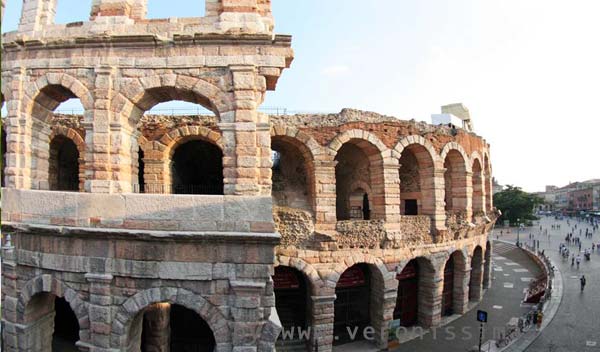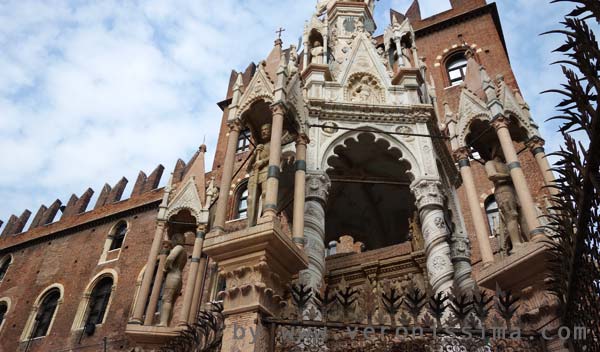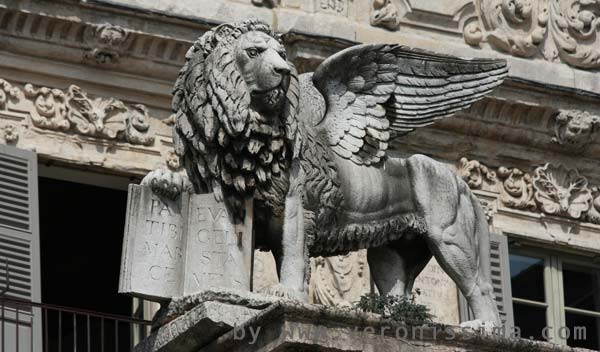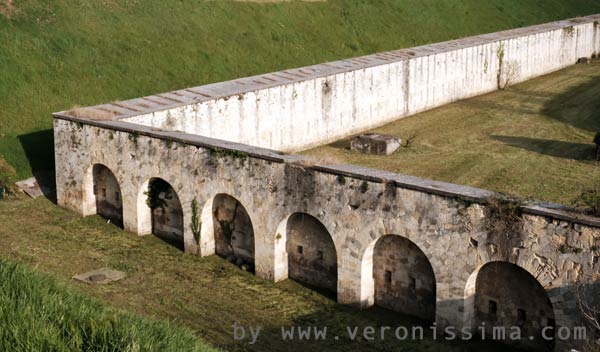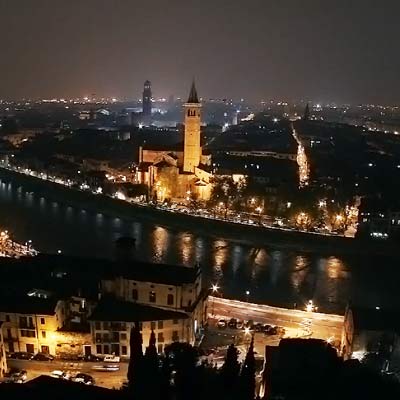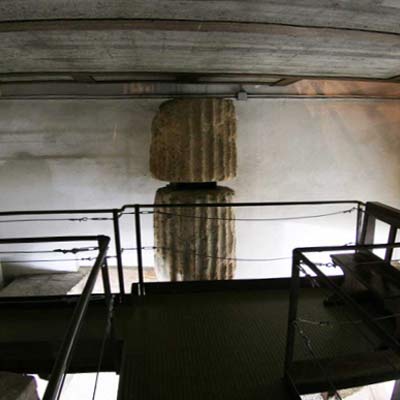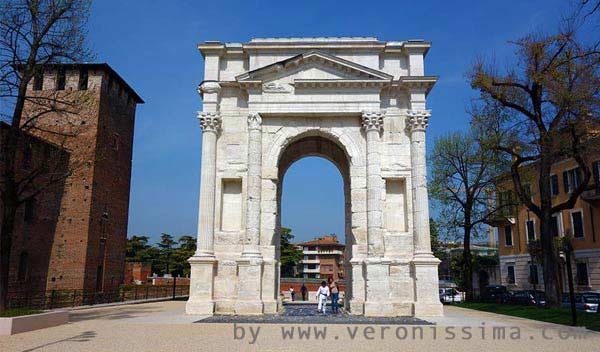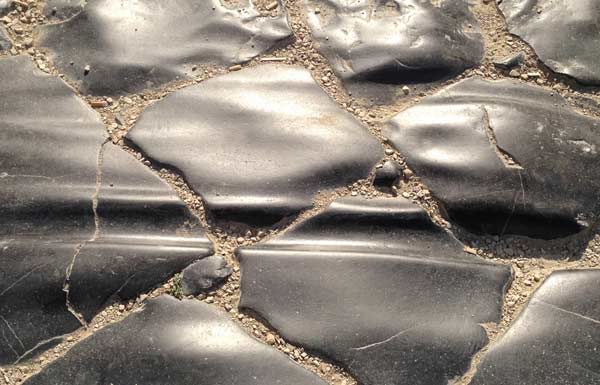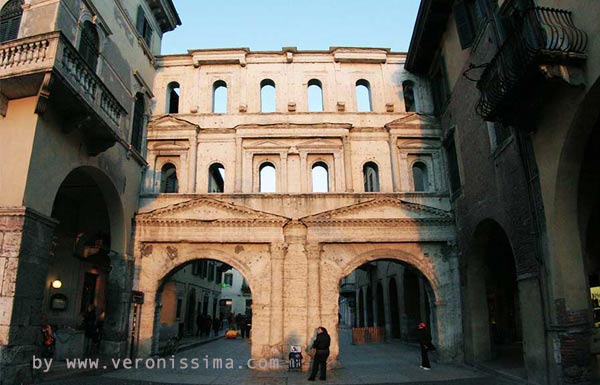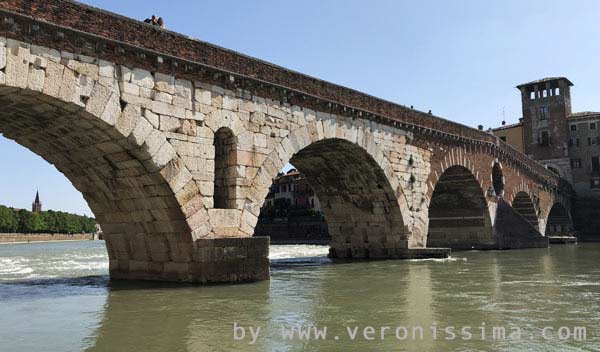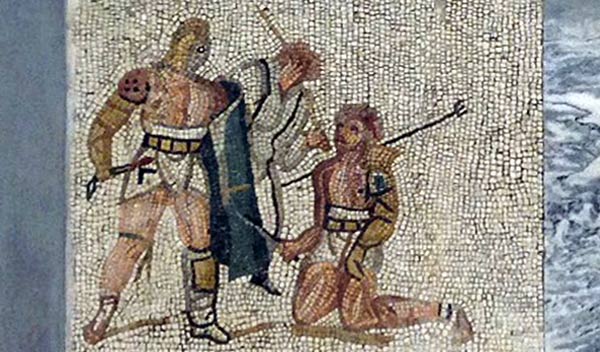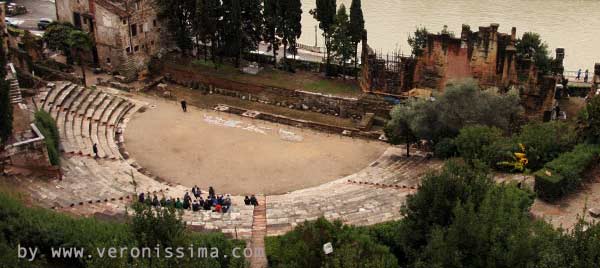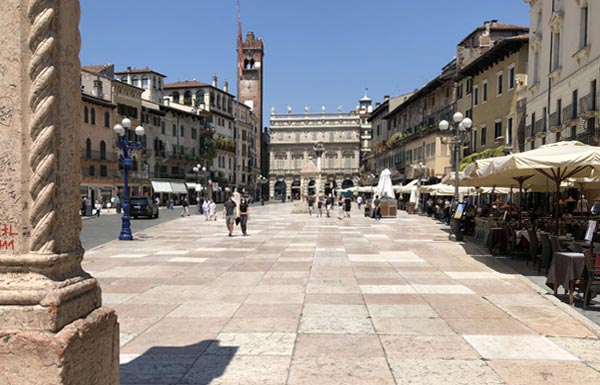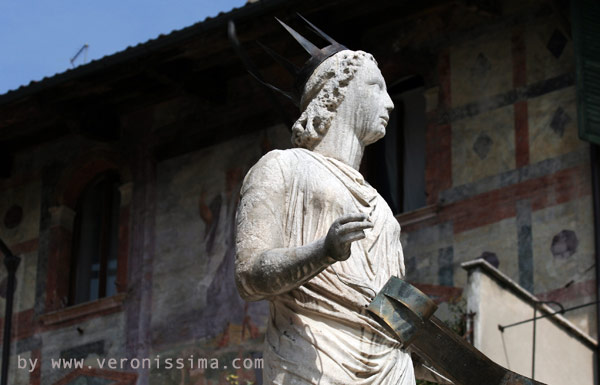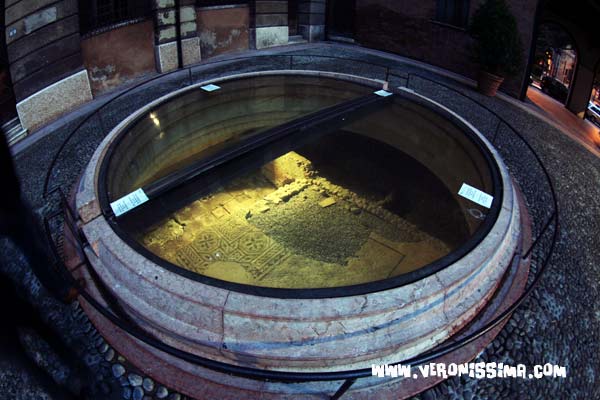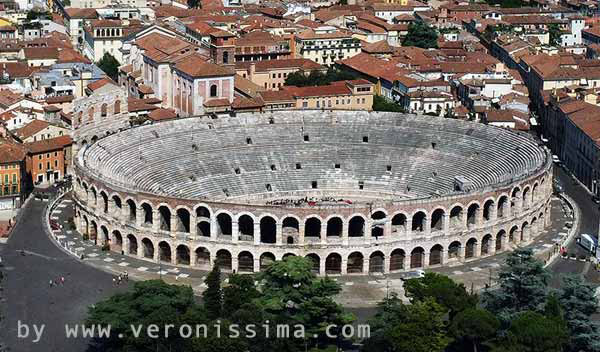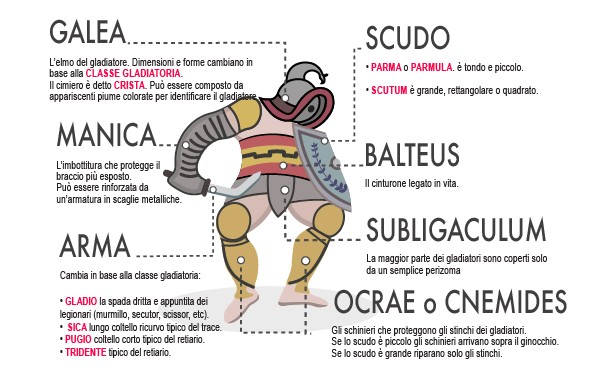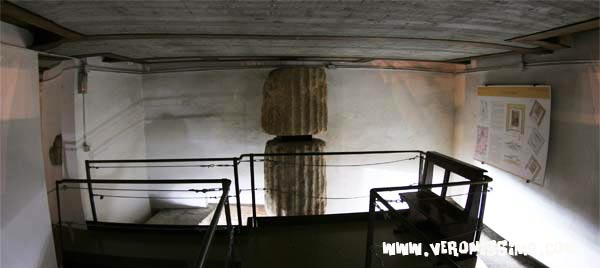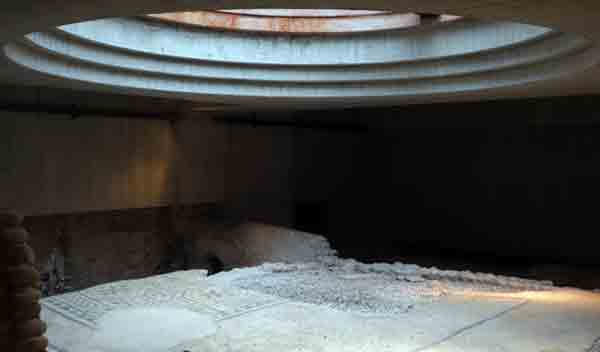Roman Age Verona Tour
At the crossroads of Via Postumia, Via Gallica and Via Claudio Augusta, Verona was a city of great importance in Roman times. The remains of its past are so numerous and well-preserved that it is the Italian city with the most visible archaeological finds after Rome.
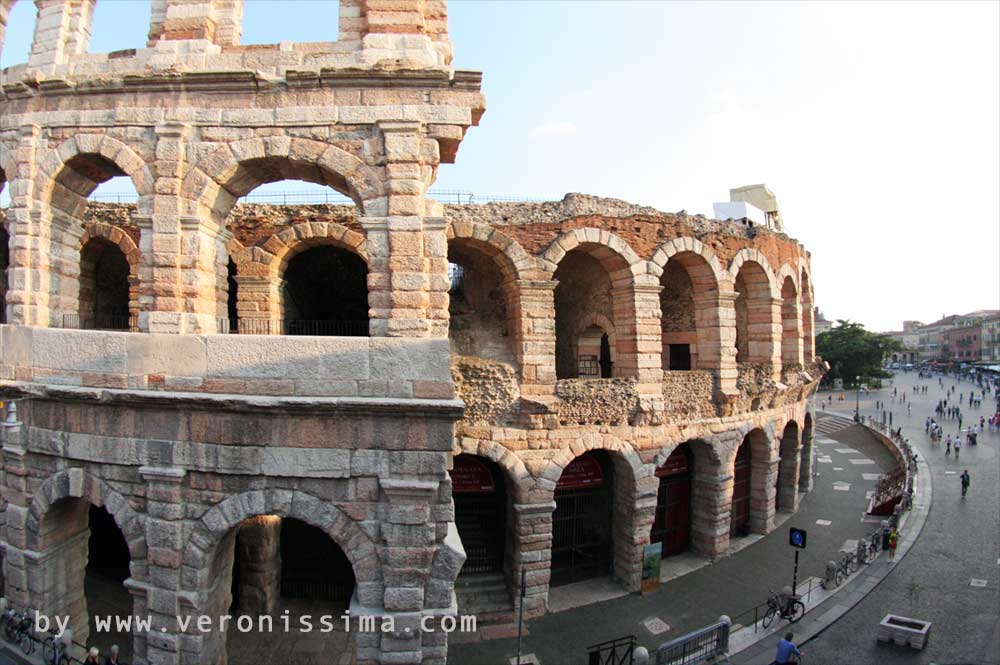
An amphitheater, a triumphal arch, two gates, a bridge, a theater, underground mosaics, paved streets, and walls. Verona is a veritable open-air archaeological museum, with exhibits ranging from the Republican to the early Christian era. Together with a tour guide, a half-day itinerary, a one-day itinerary or a multi-day itinerary will help you discover all that Roman Verona has to offer.
Oncoming Tours
Info & Bookings:
+39 333 2199 645 info@veronissima.com P.I. 03616420232 C.F. CPPMHL74L13L781C
Roman Age Verona Itineraries
Let's start from the Gavi Arch, a monument celebrating an important patrician family of the first century AD. With the tour guide we head towards the city center following the ancient Via Postumia. The road connected Genoa with Aquileia and was one of the main access roads to Verona. We arrive at Borsari Gate (1st century AD), the ancient entrance to the city. At the base of the more recent side buildings, we notice the stones of the defensive wall.
We enter the decumanus maximus, one of the two main axes of the typical Roman urban network. We walk its entire length as far as the Adige River, where the Postumius Bridge once stood, which carried the road to the other bank, allowing it to continue on to Aquileia. The Postumio bridge is no longer there, but we can admire, with the inexorable signs of time, the other Roman bridge of Verona: ponte Pietra. On the hill on the other side of the Adige River, the steps, arches and remains of the stage of the theater (1st century B.C.) stand out.
Roman Theater and Archaeological Museum
From the Roman Theatre you can visit the Archaeological Museum of Verona, housed in an ancient monastery in a panoramic position on the city's hillside. In the halls and courtyards of the evocative exhibition space, the tour guide will show you the splendid finds that are exhibited there: mosaics, sculptures, inscriptions, objects of daily use as well as temporary exhibitions that take place there.
If you want to know more
The Forum
The guided tour continues towards the city center where, through large circular windows opened in the pavement of a courtyard of the Scaligeri palaces, you can admire the splendid mosaics of a Roman domus. From here we move on to Piazza delle Erbe, the ancient forum that still retains part of the shape it had more than two thousand years ago. Not much of the Roman era remains visible on the square, but in the undergrounds of the buildings that surround it, by prior arrangement, the tour guide who accompanies you can show you the rests of the public buildings of two thousand years ago: basilica, capitolium and curia a few meters below street level.
The Amphitheater (Arena)
Following the cardus maximus, the other road axis that started from the forum, we arrive at the other end of the Roman city, closed off by Porta Leoni, with its double facade, republican and imperial, and the remains of the defensive towers. Along the route of the ancient wall, the remains of which are still visible in several places, we arrive at the Arena, the amphitheater from the 1st century AD used for gladiatorial fights. It is so well preserved that it is still used today for the famous opera season in the summer.
The Arena retains part of its outer wall and can be visited inside. The tour guide who accompanies you will be able to explain its functions, characteristics, the various uses it has had over the centuries and the most recent archaeological discoveries that reveal the secrets it still holds.
If you want to know more
Insights
The guided tour of Roman Verona can be combined with visits to several city's museums, in particular the Archaeological Museum at the Roman Theatre and the Maffeian Lapidary Museum. If you book well in advance, it is also possible to visit the Roman remains of underground Verona, preserved in various sites below street level and in the cellars of public and private buildings. For example, the remains of the Capitolium under a famous restaurant, or additional domus mosaics in the basement of a bank or the site of Corte Sgarzerie.
In the outskirts
To round off a day trip to Verona, you can combine a Roman itinerary in the province, which can also become the destination of an exclusive route in its own right. There are numerous examples of Roman architecture and art around Verona that can be included in an itinerary: the Grotte di Catullo in Sirmione on Lake Garda, which is the largest archaeological site in northern Italy, or the Roman villa in Desenzano, with its exceptional cycle of mosaics, or one of the archaeological sites in Valpolicella.
If you want to know more
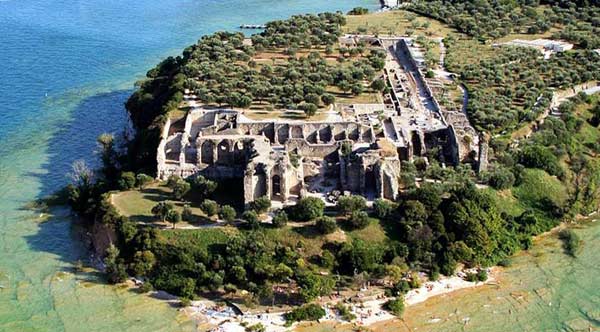
Catullus Grotto in Sirmione
FIND OUT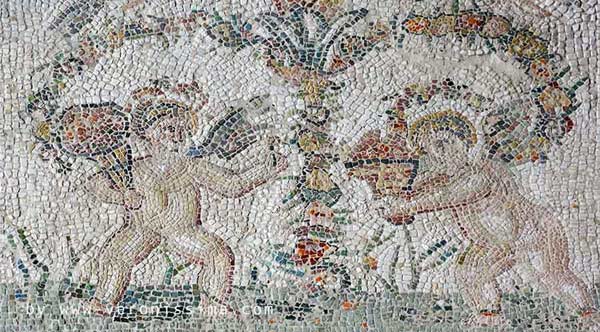
The Roman Villa in Desenzano
FIND OUT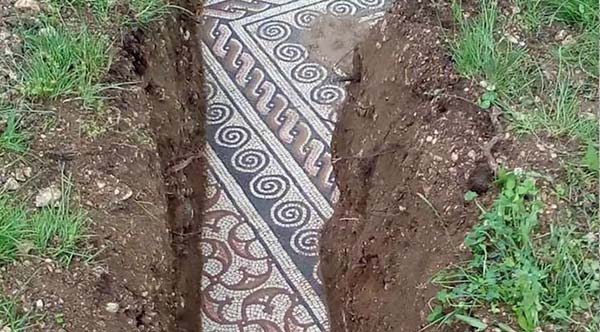
Roman Age Valpolicella
FIND OUTInfo & Bookings:
+39 333 2199 645 info@veronissima.com P.I. 03616420232 C.F. CPPMHL74L13L781C

 IT
IT 日本
日本 DE
DE FR
FR 中文
中文 ES
ES